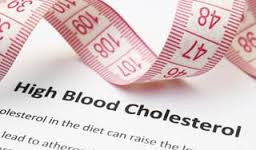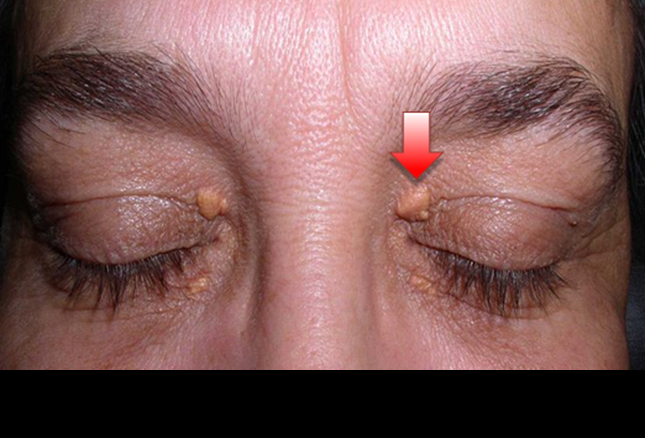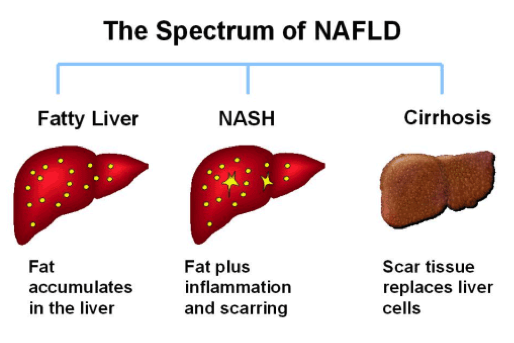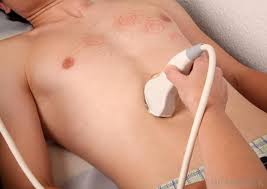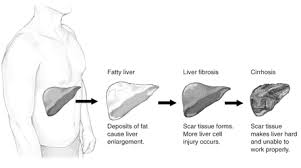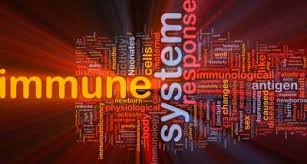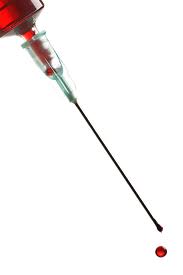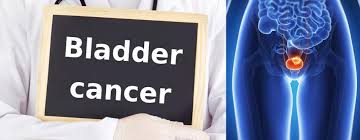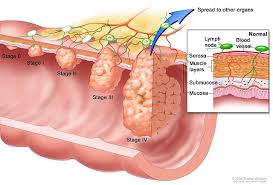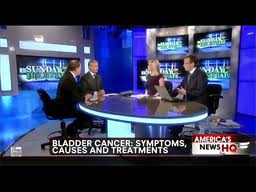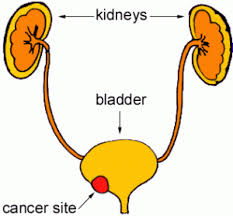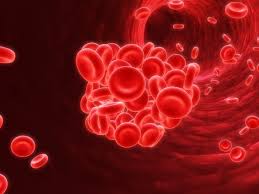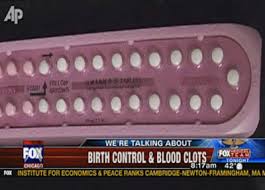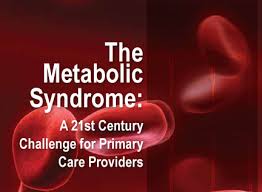 Eating half a handful of nuts every day could substantially lower the risk of early death, a Dutch study suggests. Previous studies had already indicated a link with cardiovascular health, but this is the first to look at specific nuts and diseases. Maastricht University researchers found a 23% lower chance of death during the 10-year study in people eating at least 10g (0.3oz) of nuts or peanuts a day. There was no benefit for peanut butter, which is high in salt and trans fats. More than 120,000 Dutch 55-to-69-year-old men and women provided dietary and lifestyle information in 1986, and then their mortality rate was looked at 10 years later. The premature mortality risk due to cancer, diabetes, respiratory and neurodegenerative diseases was lower among the nut consumers. There was an average 23% lower risk of 10-year mortality across all diseases, with a decrease of:
Eating half a handful of nuts every day could substantially lower the risk of early death, a Dutch study suggests. Previous studies had already indicated a link with cardiovascular health, but this is the first to look at specific nuts and diseases. Maastricht University researchers found a 23% lower chance of death during the 10-year study in people eating at least 10g (0.3oz) of nuts or peanuts a day. There was no benefit for peanut butter, which is high in salt and trans fats. More than 120,000 Dutch 55-to-69-year-old men and women provided dietary and lifestyle information in 1986, and then their mortality rate was looked at 10 years later. The premature mortality risk due to cancer, diabetes, respiratory and neurodegenerative diseases was lower among the nut consumers. There was an average 23% lower risk of 10-year mortality across all diseases, with a decrease of:
- 45% for neurodegenerative disease
- 39% for respiratory disease
- 30% for diabetes
 Prof Piet van den Brandt, who led the study, published in the International Journal of Epidemiology, said: “It was remarkable that substantially lower mortality was already observed at consumption levels of 15g of nuts or peanuts on average per day.” The researchers had taken into account the mitigating factor that nut consumers ate more fruit and vegetables and that women who ate nuts were often leaner, and adjusted the results accordingly, Prof Van den Brandt told the BBC.
Prof Piet van den Brandt, who led the study, published in the International Journal of Epidemiology, said: “It was remarkable that substantially lower mortality was already observed at consumption levels of 15g of nuts or peanuts on average per day.” The researchers had taken into account the mitigating factor that nut consumers ate more fruit and vegetables and that women who ate nuts were often leaner, and adjusted the results accordingly, Prof Van den Brandt told the BBC.
Source: BBC


